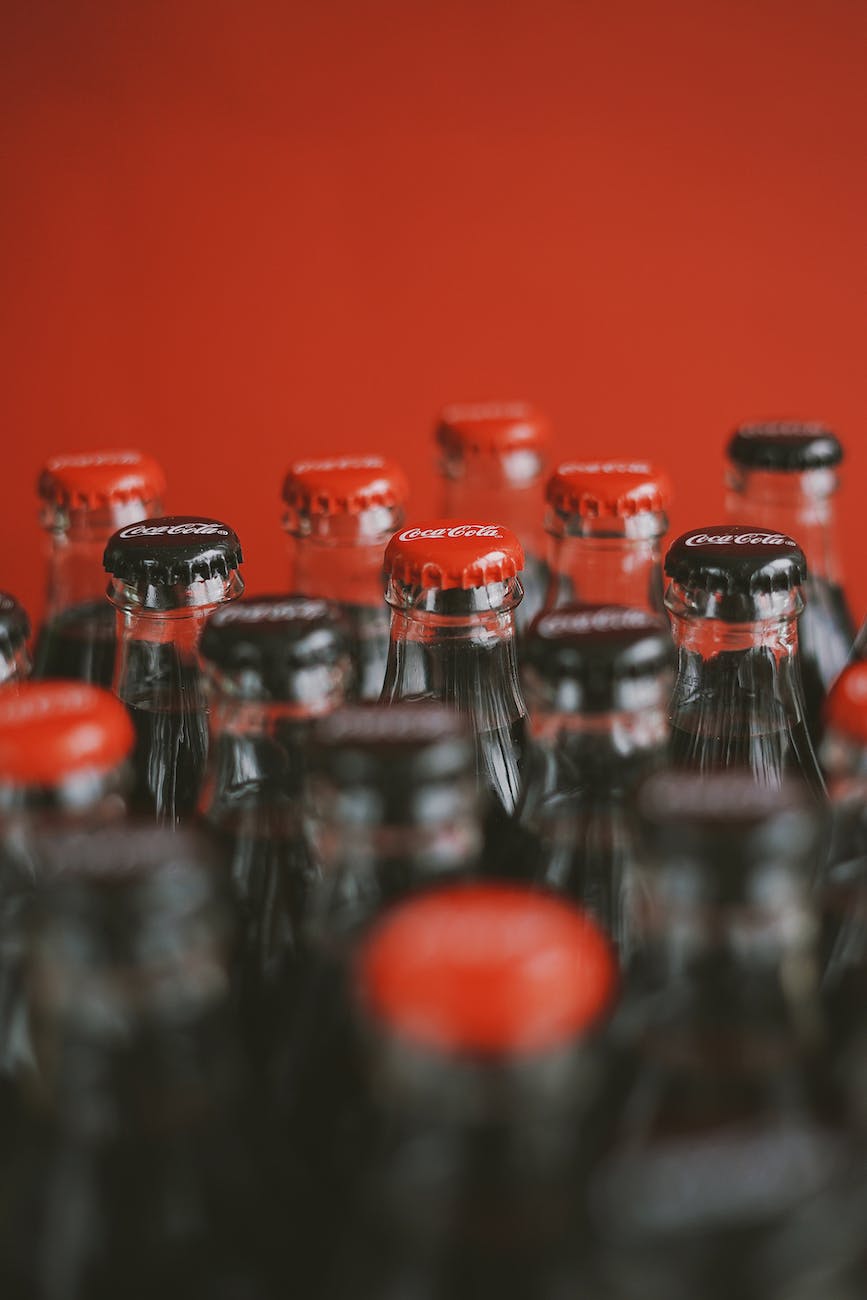When I was doing the research for my previous post on phosphorus bioavailability in plant foods, I came across this article and thought it would make a good one for a Journal club review.
Why I chose it?
Despite this article being published 7 years ago (REALLY!?!? How was 2017 seven years ago?!?) I think that the topic it covers is still very pertinent to clinical practice today. In fact, I think this article may actually be more relevant now than it was 7 years ago. I say this because 7 years ago, the acceptance of plant based diets in kidney care was still fairly low. Now, I think many more clinicians are on board with plant based diets.
And, I have noticed a bit of a halo effect going on with plant based diets in our field. It’s as if our pendulum has swung and now plants can do no harm (or almost no harm!) but is that true? Should we all be 110% on board with plant based foods?
Let’s take a look at what these authors did in their comparison of phosphorus bioavailability of plant, animal and additives.
What did they do?
These authors looked at the results of four previously done studies. All four studies were feeding studies. This means that participants were fed specific foods/a diet provided by the research team and had their urine phosphorus excretion measured. St-Jules and his author teams, looked at the result of these four studies in a new way. They used their results to see what they can tell us about phosphorus bioavailability from different food sources.
What did they find?
In all four studies the urinary phosphorus recovery was between 36-72%. Or said another way, based on the known amount of phosphorus that participants were eating, 36-72% could be found in the urine. This implies that the remaining 64-28% was not absorbed and was pooped out.
Furthermore, when they compared the diets that were higher in phosphorus additives, the urine recovery of phosphorus didn’t necessarily go up.
What did the author’s conclude?
These findings led the authors to conclude that we should exercise more caution with our assumption that 100% of phosphorus from additives is absorbed. They hypothesize that nutrient to nutrient binding of inorganic phosphorus reduces the bioavailability of phosphorus additives. That being said, the authors still encourage us to continue considering the overall diet quality and endeavour to maintain healthy phosphorus sources in the diet if possible.
Take Aways
When we tell our patients that 100% of the phosphorus from phosphorus additives is absorbed, we may not be accurately describing the literature.
However, if you read my other post about processed plant foods, I think another aspect to consider here is whether all plants foods are the same. Processed plant foods will have higher bioavailability of phosphorus than unprocessed plant foods, even if that plant food doesn’t contain a phosphorus additive.


